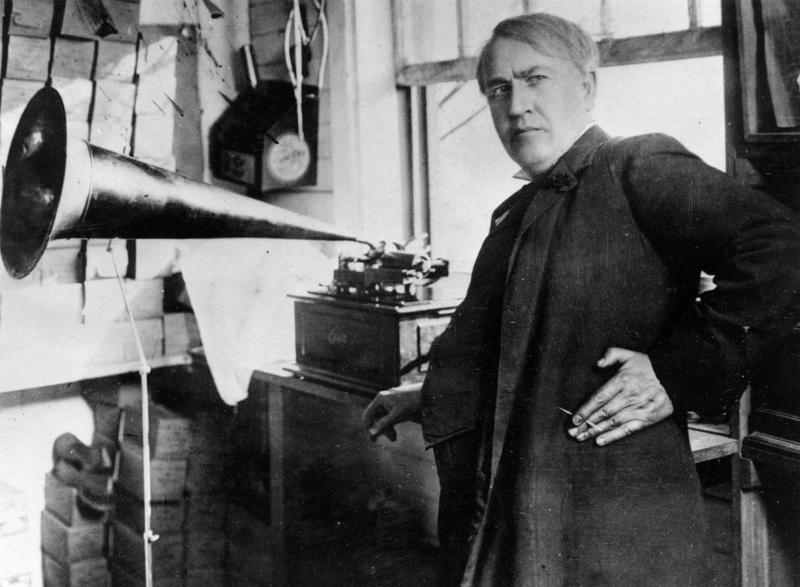Phonograph: Invention And History Of The World's First Audio Recording Device
By | November 21, 2020

Capturing and recording sound was a daunting task for early inventors. It required a thorough understanding of sound waves, vibrations, and various other physical phenomena, and in the 19th century, that was a tall order. The first to succeed in this endeavor, unsurprisingly, was American inventor Thomas Edison. In 1877, he added the invention of the phonograph to his already lengthy list of technological achievements.
The Invention Of The Phonograph
By the time he invented the phonograph, Thomas Edison was well established in his Menlo Park laboratory in New Jersey and had several successful inventions and patents under his belt. In fact, the phonograph was based on two previous invention, although neither were invented by Edison. One was the telegraph, invented by Samuel Morse, and the other invention was Alexander Graham Bell's telephone. Edison spiffed up the telegraph to transmit as many as 1,000 words per minute, developed a more efficient microphone for the telephone, and voila, the phonograph was born. Edison’s phonograph worked by converting sound vibrations into the movement of a stylus that recorded the vibrations onto a wax-coated cylinder. When played back, the grooves in the wax replicate the sound that was recorded on it.

The Speaking Phonograph
Edison and his mechanic, John Kreusi, spent several months perfecting the phonograph, and on August 12, 1877, Edison finally tested his working prototype. As the cylinder slowly turned, Edison recited "Mary Had a Little Lamb" into the sound horn. When he switched to the playback needle, the phonograph repeated the words back to him, changing the face of sound recording forever.
Later that year, by way of submitting a patent application, Edison carried his device into the patent office and watched as the machine asked the stunned employees about their health and how they liked the phonograph before informing them that it was very well and "bid[ding] [them] a cordial good night." The patent office was so amazed that the patent was hastily issued.

The Birth Of Recorded Music
Shortly after he patented his invention, Thomas Edison started his Edison Speaking Phonograph Company to convince the American public of the usefulness of the device. Envisioning families recording historical events or family history in the voices of the participants, he advertised the phonograph as a solution for dictation, recording telephone conversations, and reading books to the visually impaired. Later, in 1917, the Edison Speaking Phonograph Company developed a type of phonograph for the United States military so that messages, motivational speeches, and the voices of loved ones back home could be played for the soldiers.
One of the most common uses of Edison's phonograph, however, was to record and play music. Prior to the invention of the phonograph, popular music was only published in sheet music form for consumers to play on their own pianos at home, but the phonograph provided a means to disseminate recorded music to the general public. In fact, the invention of the phonograph was the single biggest factor in the creation of the music industry.

